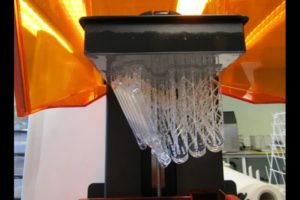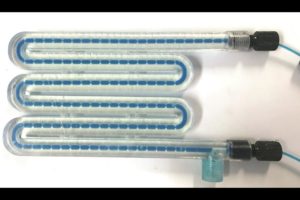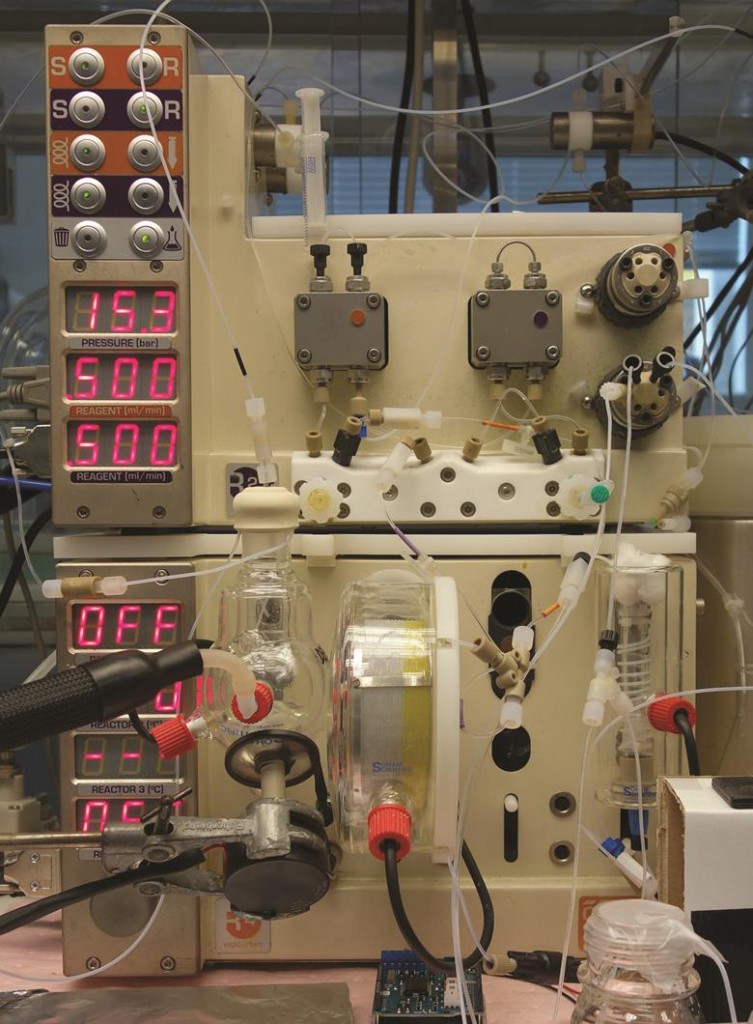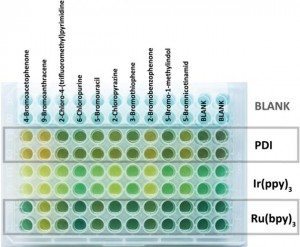Outstanding Reviewers for Reaction Chemistry & Engineering in 2018
We would like to highlight the Outstanding Reviewers for Reaction Chemistry & Engineering in 2018, as selected by the editorial team, for their significant contribution to the journal. The reviewers have been chosen based on the number, timeliness and quality of the reports completed over the last 12 months.
We would like to say a big thank you to those individuals listed here as well as to all of the reviewers that have supported the journal. Each Outstanding Reviewer will receive a certificate to give recognition for their significant contribution.
Professor Marcus Baumann, University College Dublin ORCiD: 0000-0002-6996-5893
Professor Geoffrey Bond, Brunel University
Professor Richard Bourne, University of Leeds ORCiD: 0000-0001-7107-6297
Professor Rajamani Gounder, Purdue University ORCiD: 0000-0003-1347-534X
Professor Heidrun Gruber-Woelfler, Graz University of Technology ORCiD: 0000-0002-6917-4442
Professor Ryan Hartman, New York University ORCiD: 0000-0002-5364-9933
Professor C. Oliver Kappe, University of Graz ORCiD: 0000-0003-2983-6007
Dr Matthew O’Brien, Keele University ORCiD: 0000-0002-1943-2351
Professor Victor Sans, University of Nottingham ORCiD: 0000-0001-7045-5244
Dr Kehua Yin, GlaxoSmithKline ORCiD: 0000-0003-2391-5329
We would also like to thank the Reaction Chemistry & Engineering board and the reaction engineering community for their continued support of the journal, as authors, reviewers and readers.
If you would like to become a reviewer for our journal, just email us with details of your research interests and an up-to-date CV or résumé. You can find more details in our author and reviewer resource centre

















